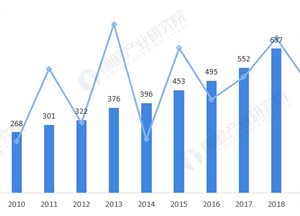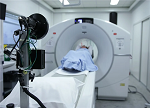哪些干预措施可以减少老年人术后谵妄?
每周安排Weekly Schedule 周一Monday 老年麻醉与围术期云查房 读书笔记 周二Tuesday 《麻醉纠纷案例思考》 读书笔记 周三Wednesday 国内麻醉最新指南更新 周四Thursday《第70届美国知识更新精粹》笔记 周五Friday经典高分文献阅读 周六Saturday 本周推荐观阅 周日Sunday 群内讨论热议

翻译:猫,校对:叮当丸子麻
Infographic summary
Post-operative delirium (POD) 术后谵妄 leads to poor outcomes, morbidity, and mortality 发病率和死亡率. The elderly are a particularly high risk group, with as many as 80% of older individuals developing POD following surgery. With the global increase of the aging population人口老龄化, this will subsequently lead to a parallel increase in POD, and the increased financial burden associated with it. While the pathophysiology of POD is likely multifactorial and is still poorly understood, age over 65 years, acute hip fracture, coexisting serious illness and pre-existing cognitive impairment are the major risk factors for POD development. This infographic (Fig. 1) summarizes a recently published systematic literature review and meta-analysis that aimed to synthesize data on pharmacological and non-pharmacological interventions to reduce POD among older patients undergoing elective and emergency surgery [1].
术后谵妄(POD)导致不良的预后,包括发病率和死亡率的升高。老年人是一类特别高风险的群体,多达80%的老年人在手术后出现POD。随着全球人口老龄化的增加,这将导致POD的同步增加,以及与之相关的财政负担的增加。虽然POD的病理生理学可能是多因素的,但对POD的了解仍然很少,65岁以上、急性髋部骨折、并存的严重疾病和先前存在的认知障碍是POD发展的主要危险因素。这个信息图(图 1)总结了最近发表的系统文献综述和Meta分析,旨在综合药理学和非药学干预的数据,以减少接受择期和急诊手术[1]的老年患者中的POD。


Systematic literature searches of CINAHL, Medline, Web of Science and Cochrane Library were conducted to identify studies published in the English language up to December 2018 on interventions aimed at reducing POD among older patients.
对CINAHL、Medline、Web of Science和Cochrane图书馆进行系统文献检索,以确定截至2018年12月发表的旨在减少老年患者POD干预措施的英文研究。




图片新闻
技术文库
最新活动更多
-
7.30-8.1火热报名中>> 全数会2025(第六届)机器人及智能工厂展
-
7月30-31日报名参会>>> 全数会2025中国激光产业高质量发展峰会
-
精彩回顾立即查看>> 【线下论坛】新唐科技2025新品发布会
-
精彩回顾立即查看>> 【在线会议】研华嵌入式核心优势,以Edge AI驱动机器视觉升级
-
精彩回顾立即查看>> OFweek 2025(第十四届)中国机器人产业大会
-
精彩回顾立即查看>> 【在线会议】从直流到高频,材料电特性参数的全面表征与测量







 分享
分享












发表评论
请输入评论内容...
请输入评论/评论长度6~500个字
暂无评论
暂无评论